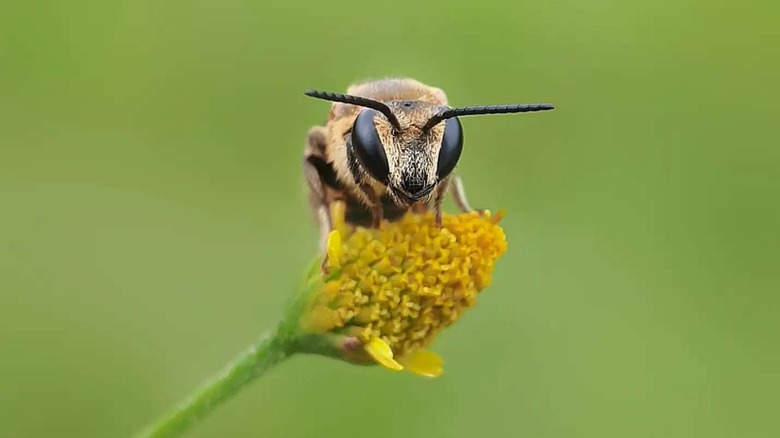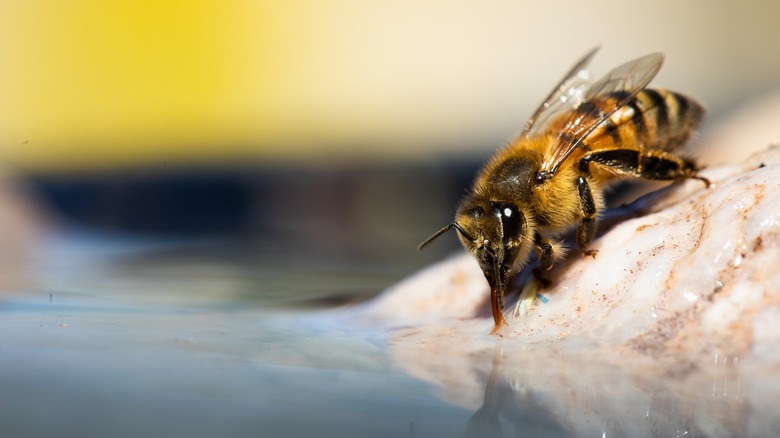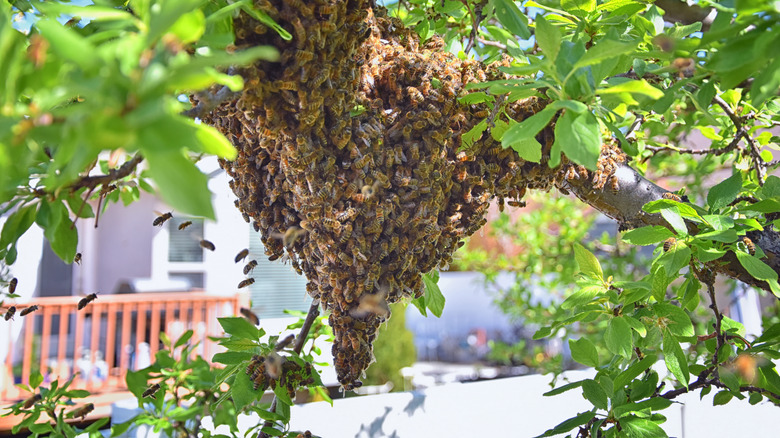What Is The Most Dangerous Type Of Bee?
Bees, those small wonders of nature, fulfill a pivotal role in ecosystems worldwide as primary pollinators of flowering plants, ensuring the reproduction of countless plant species and sustaining much of the world's food supply. Their complex social structures and extraordinary communication methods have captivated scientists and enthusiasts for centuries. However, alongside their valuable contributions, bees also carry a potential danger that demands attention.
While many bee species peacefully coexist with humans, some possess traits that make them formidable adversaries. Factors like aggressiveness, venom potency, and habitat significantly influence a bee's threat level. Aggressive behavior may trigger swarming and stinging incidents, especially in response to threats to the hive or queen. Moreover, the potency of a bee's venom determines the severity of reactions in those stung, ranging from mild discomfort to life-threatening allergic responses.
Considering these factors, one bee species stands out as the most dangerous species of bee: the Africanized killer bee.
Why are African Killer Bees so dangerous?
The Africanized killer bee, often referred to as simply "killer bees," is a hybrid of the Western honey bee resulting from the mating of southern African bees and Brazilian honey bees. This fusion occurred in the 1950s in Brazil and rapidly spread throughout Central and South America despite efforts to quarantine the crossbred insects. By 1985, these bees made their unsettling debut in the United States, first detected in California, followed by a permanent presence in Texas by 1990. Today, their territory spans across most of the Southern continental U.S.
What sets the Africanized bee apart as a particularly formidable threat is its aggressive nature. These bees fiercely defend their colonies, demonstrating a remarkable willingness to pursue perceived threats for over a quarter of a mile. This relentless pursuit, combined with their tendency to attack in larger swarms rather than individually, has earned them the notorious label of "killer bee." This behavior significantly increases the danger posed to humans because it amplifies the likelihood of encountering multiple attackers simultaneously, escalating the risk of stings and potentially life-threatening situations.
Moreover, Africanized bees' small colonies enable them to nest in unconventional locations, increasing the likelihood of accidental encounters. These nests have been found in tires, mailboxes, overturned flower pots, and even inside empty cars. Such proximity heightens the risk of aggressive confrontations, as these bees perceive any disturbance near their nest as a threat to be neutralized.
What do I do if I'm chased by an African killer bee?
African killer bees are highly reactive to disturbances, so prevention is key in avoiding encounters with them. Removing debris near your house and sealing off openings can help deter them from nesting on your property. If you do find yourself in the unfortunate circumstance of being chased by a swarm of Africanized killer bees, the first step is to avoid panicking. While it's natural to feel frightened, maintaining a level head is essential. Running in a zigzag pattern can confuse the pursuing bees and buy you valuable time to seek shelter. Remember not to swat at the bees, as this can further provoke them.
Seeking refuge indoors is your best course of action. Once inside, bolt your doors fast and cover yourself with thick blankets or sheets to shield yourself from any bees that may have followed. Stay under until you don't hear any more buzzing and know for certain that you are safe. If you cannot reach shelter indoors, look for other buildings or nearby vehicles that you are allowed to enter. Even thick bushes, shrubs, or tall grass can make it harder for the bees to track you if there is greenspace nearby. If none of these options are viable, keep running.
If you are stung during the pursuit, remove the stinger promptly and gently. Scrape it out sideways to avoid injecting more venom into your body. Seek medical attention immediately, especially if you experience difficulty breathing or allergic reactions.


